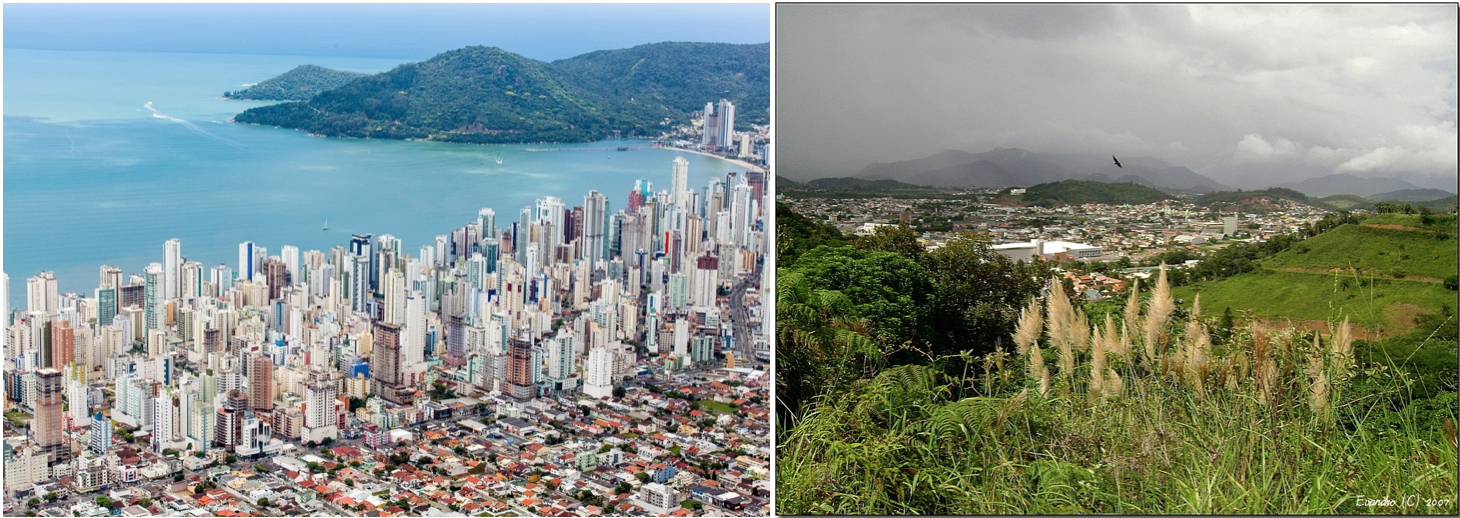
Uploaded on 2017-03-16 by Suelen Artuso
1. Check the temperature differences in US cities 2. Which are the main UHI effects that you can identify in your area? Balneário Camboriú has a questionable master plan, because it only provides rules for the benefit of the economy generated by the construction industry, leaving the environmental issue in the background. Buildings are allowed very high and with little distance between them, mainly in the coastal strip, which forms a wall that prevents the passage of the winds coming from the sea. It is very rare to find trees in the central part of the city, because by the master plan, buildings can be built in 100% of the land area in the centre of the city. In addition, sidewalks are not obligatory to have flowerbeds with trees. The combination of an unpaved area, almost totally impermeable by buildings and asphalt in the streets, with the lack of ventilation, results in an island of easily perceived heat. Although there is no official data on the temperature differences between the central region and the neighboring regions (which has areas of environmental preservation), the difference, especially in summer, is very high. In summer, in the center of the city, temperatures can reach as high as 29 Celcius degrees during the night, as all the heat absorbed during the day begins to dissipate at night. During the day they can reach 33 Celcius degrees, but the thermal sensation can reach 43 Celcius degrees due to the reflection of the heat by the buildings and streets and the lack of ventilation. These conditions make the use of air conditioning and vehicles increase, increasing pollution, and decreasing the productivity of residents. 3. Which are the measures you would propose? The first measure would be a change in the master plan of Balneário Camboriú, requiring a minimum green area per building, regardless of location in the city and with a new model of sidewalk with vegetation. If the streets were forested, people would have a greater incentive to leave their cars at home and walk the city on foot, reducing the noise and heat of vehicles and improving urban quality. Another item would be the implementation of green coverage in buildings, which could be encouraged by reducing taxes for those who adopted the measure, for example. 4. Is UHI effect concerning policy making in your area? The zoning plan for the city provides areas of high, medium and low density construction, and construction rates change to these different areas of the city. In the current master plan, item IV of article 7 says that one of the guidelines is "improving the quality of the urban environment through the recovery, protection, conservation and preservation of natural, built and landscape environments" through environmental education, program of urban afforestation, incentives for the creation, expansion and preservation of green areas. However, in practice these actions are not happening. Last year a bill (0013/2016) was drafted for the use of green roofs on buildings to reduce the effect of the heat island, but the law is still in the process of approval and has not come into force to date.